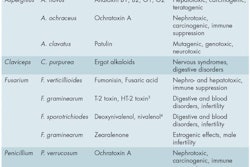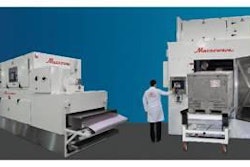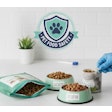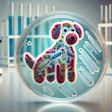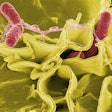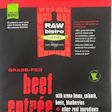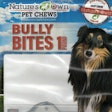The Veterinary Laboratory Investigation and Response Network (Vet-LIRN), the Food Emergency Response Network (FERN) and its Microbiology Cooperative Agreement Program (MCAP) labs have conducted a study to look at the prevalence of selected bacteria in petfoods. The goal was to help the Center for Veterinary Medicine prioritize future testing, and increased FERN screening for foodborne pathogens in petfood that may be a significant health risk to consumers.
Six FDA FERN MCAP labs analyzed more than 1,000 samples over two years. The labs tested for Salmonella, Listeria species, E. coli O157:H7 and Shiga toxin-producing strains of E. coli (STEC). Dry and semi moist dog and cat foods were purchased from local stores in Phase 1. Raw dog and cat foods, exotic animal feed and jerky treats were tested in Phase 2.
Of the 480 dry and semi moist samples, only two tested positive: one for Salmonella and one for Listeria greyii. But for the raw foods and jerky treats, 66 samples were positive for Listeria, 32 of those for Listeria monocytogenes, and 15 were positive for Salmonella. The study showed that raw petfoods may harbor pathogenic bacteria, and consumers should handle these products carefully.

